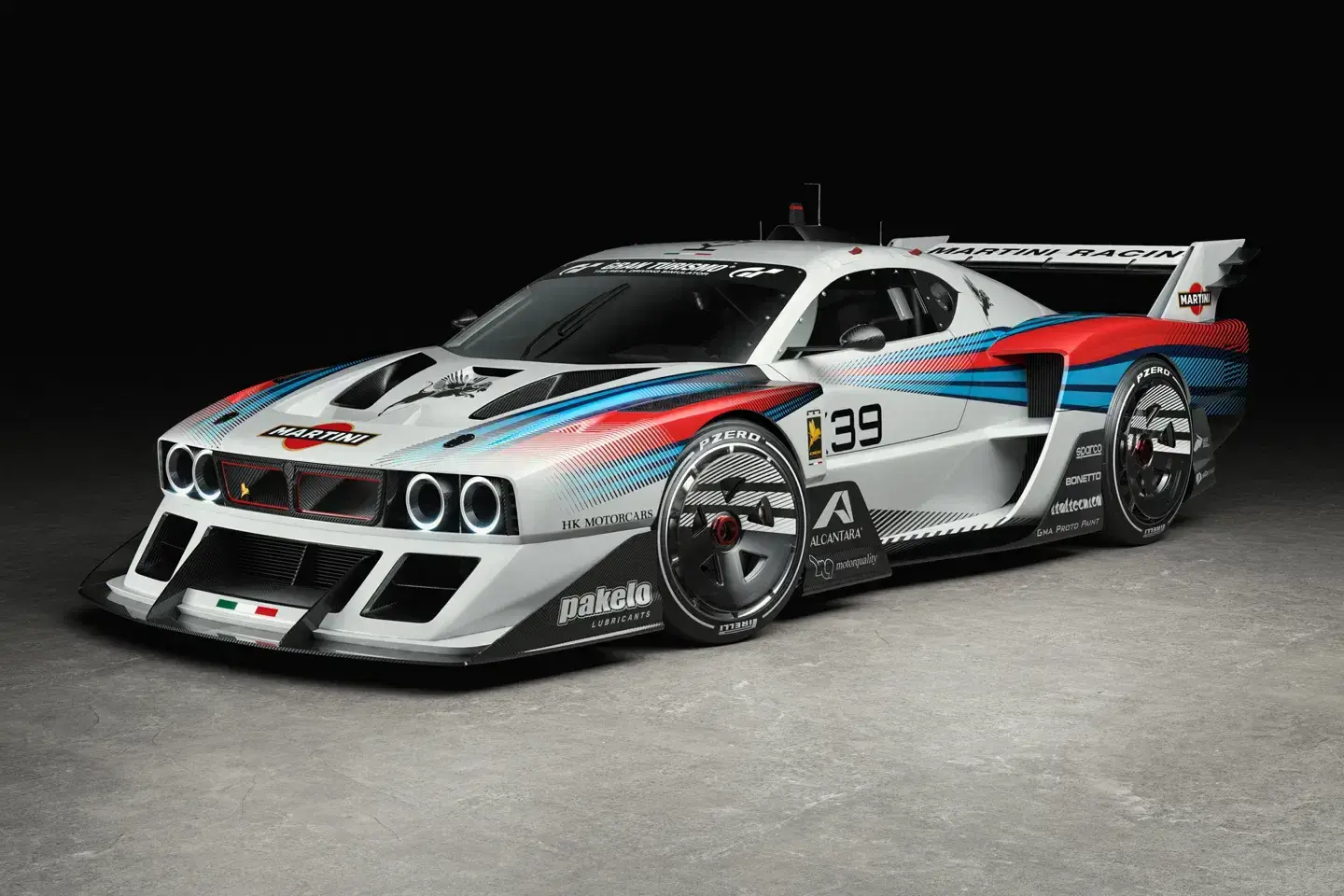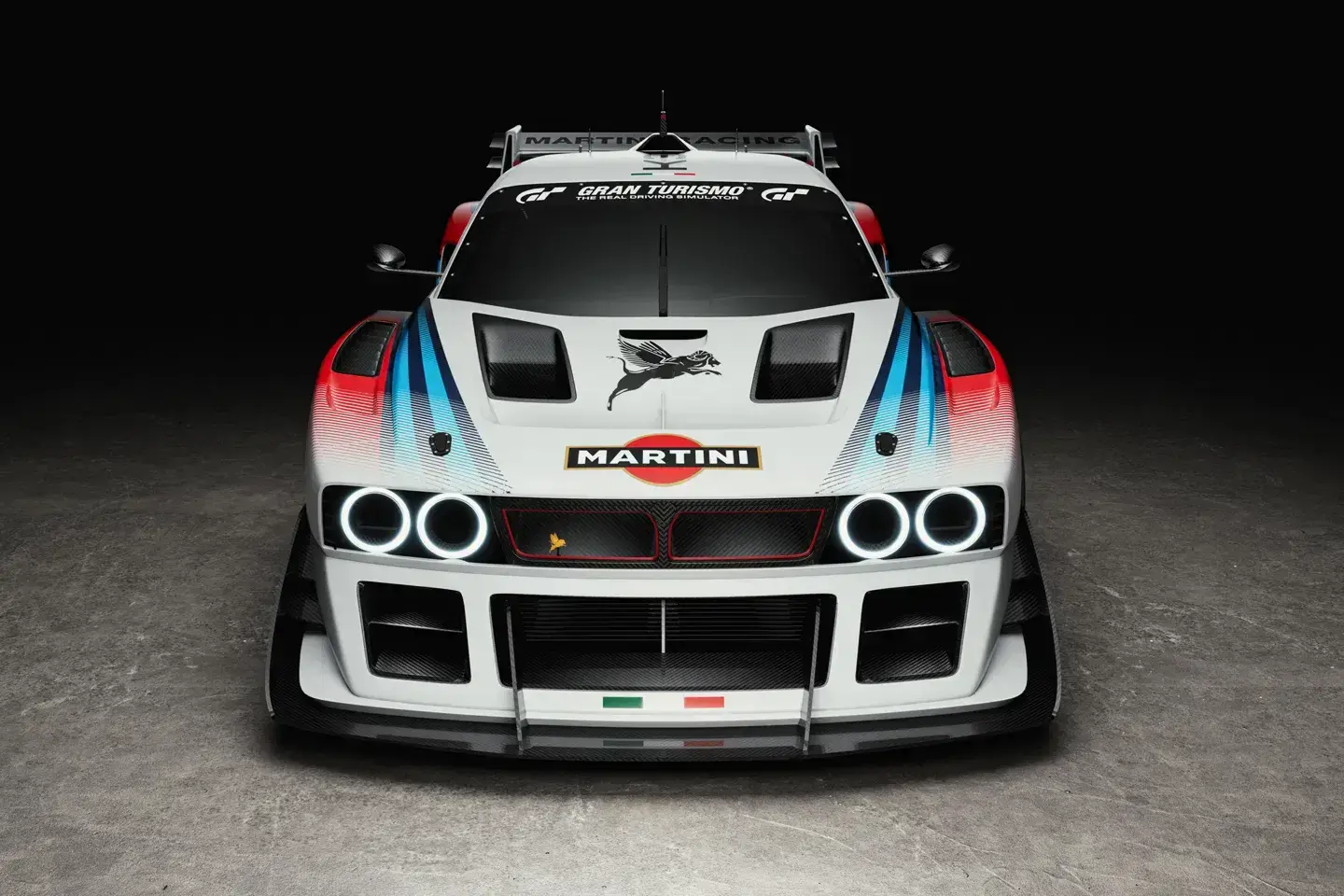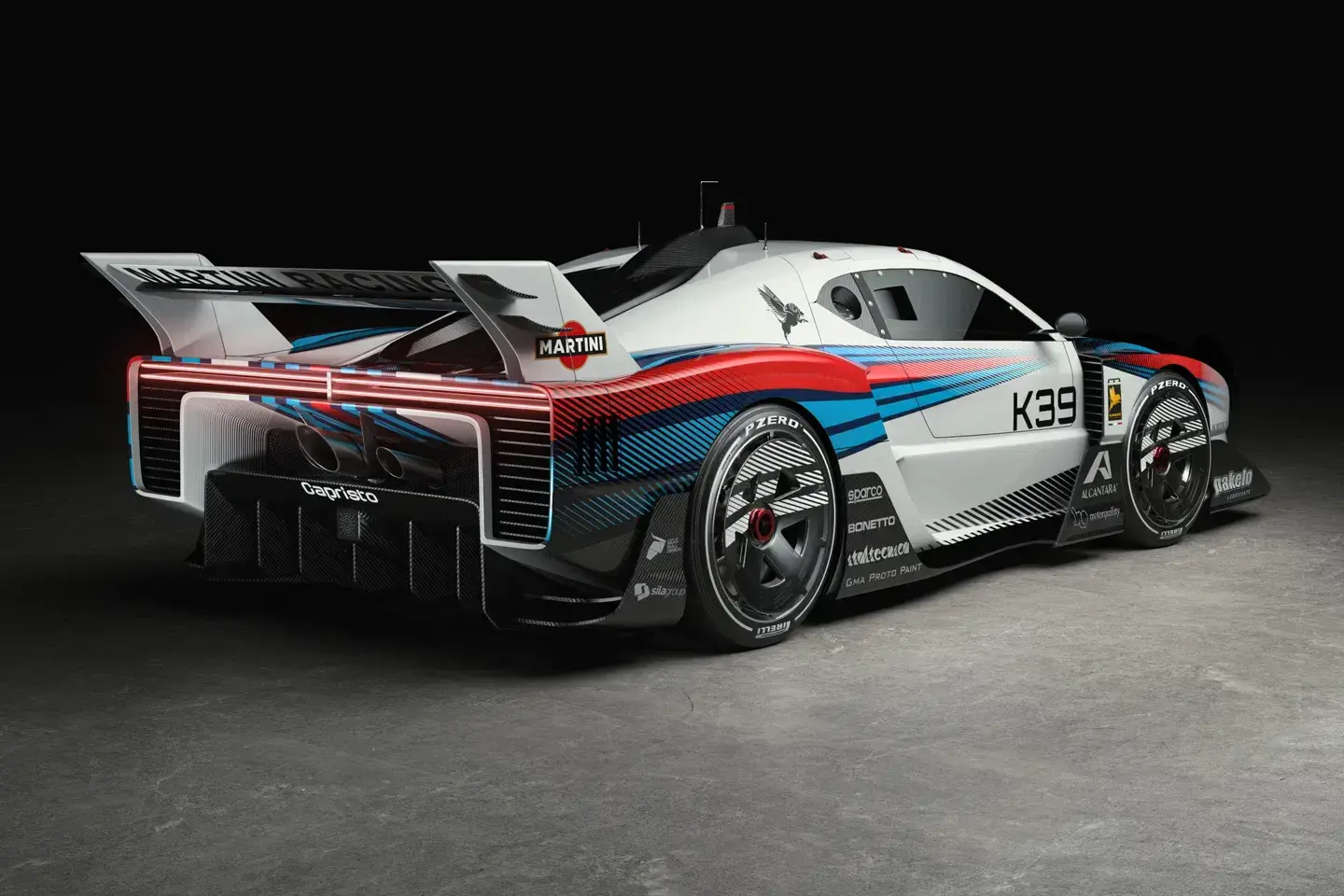
Enthusiasts and collectors alike have been captivated by their creations, and anyone with a million (and a bit) pounds can buy one right now. The company has primarily focused on building road cars, with half of the 37 EVO37 models already on the road and the all-wheel-drive EVO38, launched last year, also in high demand.
With their road car success solidified and fresh off their recent Pikes Peak result, Kimera has set its sights back on motorsport by announcing the all-new K39. This car, intended for next year’s Race to the Clouds, draws inspiration from the Lancia Beta Montecarlo Turbo Group 5, a beast from the World Sportscar Championship of the 1980s. unlike the restomod EVO37 and EVO38, the K39 is not an evolution of an existing model but a completely new creation by Kimera.

This custom-built approach is essential for breaking records at Pikes Peak. The K39 boasts a sophisticated and extremely light monocoque chassis made from carbon fiber, featuring a load-bearing engine and the latest generation mechanics. It includes pushrod suspension and potentially a KERS-type system, aiming for a power-to-weight ratio 1:1.
Adding to the excitement, Kimera has hinted at a twin-turbo V8 engine, reminiscent of the legendary LC2 from Team Martini Racing’s Sport Prototype cars. This engine, a development of Ferrari’s 2.6-litre Quattrovalvole race unit from the 308 GTBi, could produce as much as 828hp. This level of power is crucial for competing with battery-powered contenders in Colorado.

The firm plans to confirm the technical specifications in a couple of months, and by then, they will also decide on the details of a ‘customer version’. Originally designed as a hill climb machine, the K39 project has garnered significant interest from Kimera’s existing customers, prompting the company to consider a limited production series. This enthusiasm likely stems from customers visiting the factory and seeing scale models or reading about it online.
Kimera sees this as an opportunity to engage its most passionate patrons in creating and constructing the K39. This process would even include testing the competition model to identify which features should make it to the production version. While this approach carries potential risks, it aligns with the high expectations of buyers making seven-figure purchases. Kimera, as a young company, believes it is uniquely positioned to offer this level of involvement, allowing enthusiasts to access a world of passion and expertise that is becoming increasingly rare.
While some of its more established rivals might dispute Kimera’s claim, the company’s assertion that it is building cars with unmatched style, performance, and driving pleasure is becoming increasingly hard to contest. From our perspective, Kimera Automobili is setting a new standard in the automotive world.